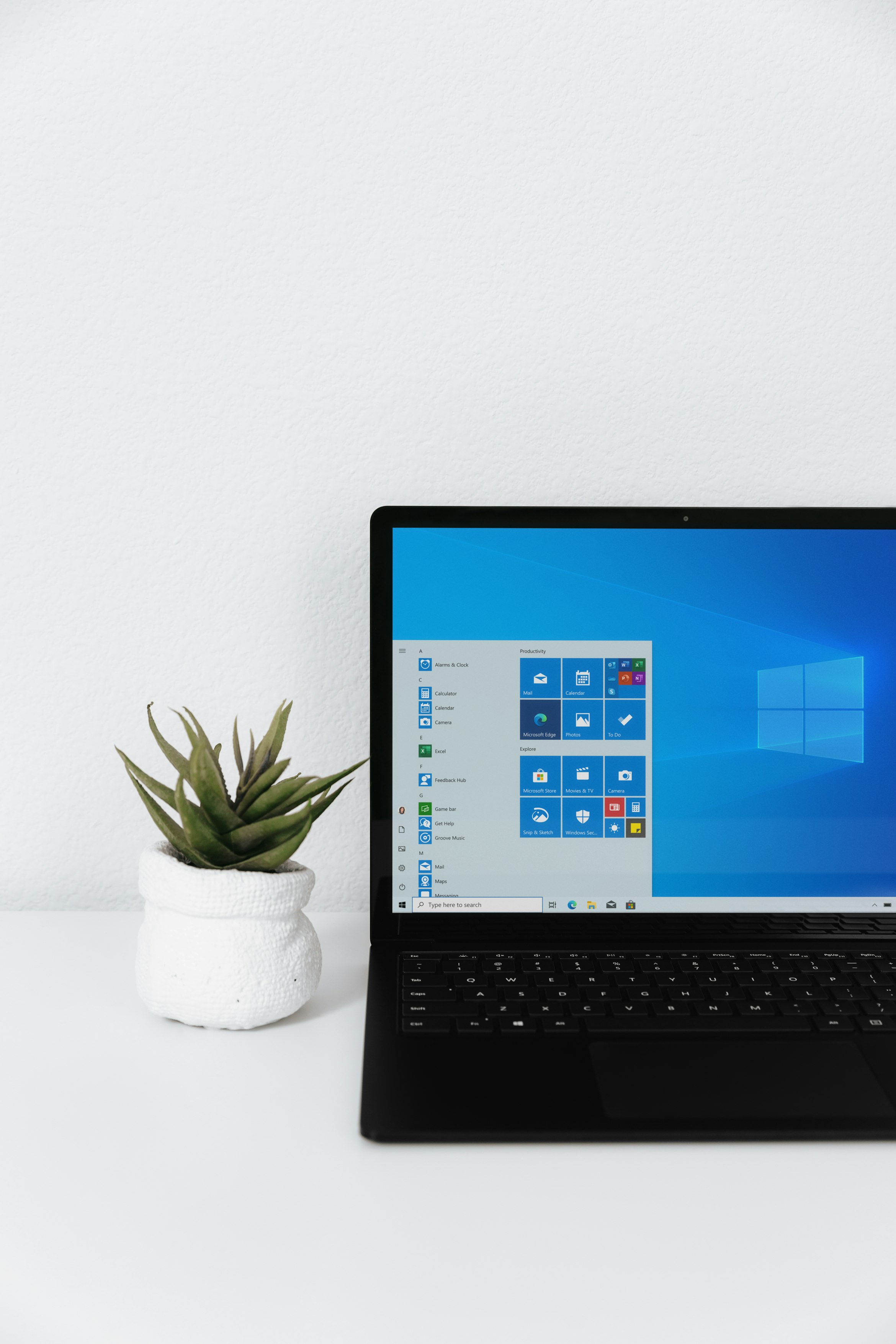The COVID-19 pandemic has accelerated the adoption of remote work at an unprecedented pace. According to a recent survey, over 70% of the workforce is now working remotely at least some of the time. While remote work offers many benefits like flexibility and expanded talent pools, it also introduces unique management challenges.
Managing a remote team requires a different approach compared to in-office teams. Lack of physical proximity and face-to-face interactions can make it harder to align, motivate, and monitor remote employees. Without the right strategies, tools, and mindset shift, organizations struggle to reap the full benefits of remote work.
In this comprehensive guide, we’ll explore the key challenges managers face when leading remote teams and actionable solutions to address them. Let’s get started!
1. Lack of supervision and follow-up on tasks
It‘s tough to closely monitor each employee‘s work when managing a remote team. In traditional offices, managers can keep a close eye on progress and address issues immediately. But remote work takes away that proximity.
Plus, remote employees may struggle with time management, procrastination, or other challenges that delay task completion. Without proper supervision and follow-up, work quality and deadlines can suffer. Miscommunication and confusion also increase when managers lack visibility into day-to-day work.
Solution: Weekly stand-up software
To address this issue, managers can implement weekly stand-up software like Geekbot. This tool facilitates structured communication and collaboration for remote teams.
Key features include:
- Employees submit daily or weekly task updates that provide visibility into accomplishments, roadblocks, and next steps.
- Managers can customize questions to gather status updates aligned with team goals.
- Async updates accommodate different time zones without disrupting workflows.
- Compiled updates give managers clear insights into team task progress and health.
With consistent check-ins and enhanced communication, managers can stay up-to-date on work status despite the remote environment.
2. Unclear goals
Goal setting is critical for team alignment and focus. But miscommunication can easily arise when goal-setting discussions happen virtually. Unlike in-office teams, remote workers rely entirely on digital tools to convey goals, which can cause confusion or lack of buy-in.
Without clear direction, remote employees may struggle to prioritize tasks appropriately. They may also feel disconnected from the company mission since broader context is harder to convey remotely.
Solution: KPI tracking software
KPI tracking software like Peopleforce‘s PeoplePerform facilitates remote goal-setting and alignment.
Key features include:
- Managers can define specific, measurable goals aligned with company objectives.
- Employees can view their goals in real-time and track progress.
- The software generates visual reports to showcase goal progress over time.
- Insights help managers make data-driven decisions about realigning goals if needed.
With a robust goal management system, remote teams can stay focused and driven despite physical distance.
3. Measuring productivity
Monitoring productivity can be extremely difficult in remote settings. In offices, managers can observe work habits, project progress, and time spent at desks. But remote work makes it nearly impossible to "look over employees‘ shoulders."
Without visibility, managers may struggle to assess if employees are using time and resources efficiently. Missed deadlines, wasted time, and decreased output can result. But micromanaging remote employees with invasive monitoring damages morale and trust.
Solution: Employee monitoring software
To balance productivity insights with employee privacy, managers can use Insightful‘s monitoring tools.
Key features include:
- Employees log hours worked and breaks taken. Managers gain insights into time management.
- The software tracks app and website usage during work hours, giving visibility into activities.
- Random screenshots provide visual confirmation of on-task behavior.
- Employees can update statuses on projects and tasks in real-time.
These features create transparency into productivity without invasive constant monitoring. Managers gain the insights needed for performance evaluations and process improvements.
4. Inefficient task distribution
Smoothly distributing tasks across a remote team can be difficult. With team members dispersed globally, communication barriers are higher. Without standardized processes, ineffective ad hoc task assignment can cause duplicate work, knowledge gaps, and missed deadlines.
But establishing an organized system remotely takes effort. Managers struggle to match tasks to the right individuals. Monitoring workloads and dependencies is also harder virtually. Poor task management cripples productivity.
Solution: Task management software
Tools like monday.com provide a robust solution for remote task management.
Key features include:
- A centralized platform to store projects, tasks, documents, and conversations.
- Custom workflows match company processes for consistent task distribution.
- Tasks are assigned to individuals along with due dates and expectations.
- Comments and file sharing enable task-related collaboration.
- Task boards provide real-time visibility into progress.
With structured task distribution powered by software, remote managers can mimic in-office coordination. Team productivity thrives with organized systems.
5. Communication breakdowns
Thriving teamwork depends on robust communication channels. But miscommunications and delays easily creep up with virtual teams. Important updates might get buried in long email threads. Siloes can form when discussions happen in isolated channels.
Plus, written communication increases the risk of misinterpretation compared to in-person conversations. Without strong communication norms, frustration and confusion abound in remote settings.
Solution: Meeting software with automated note-taking
Tools like Otter.ai mitigate these issues by recording and transcribing virtual meetings.
Key features include:
- Real-time transcription of meetings creates a written record of discussions.
- Searchable transcripts make it easy to locate details later.
- Shared transcripts ensure even remote attendees stay informed.
- Speaker identification assigns comments to specific meeting participants.
With automated documentation of conversations, details don‘t get lost in translation. The records also reduce repetitive questions and confusion.
6. Difficulty scheduling collaboration

With remote employees scattered across timezones, scheduling live collaboration can be extremely tricky. Finding a mutually acceptable time is like piecing together a jigsaw puzzle.
Even if a shared time slot is found, distractions at home environments can still derail meetings. Without clear norms, meetings drag on and yield few tangible outcomes. Valuable work time gets burned trying to coordinate schedules rather than driving progress.
Solution: Scheduling software
Tools like Calendar.com smooth out the scheduling headaches for managers.
Key features include:
- Employees share their availability including work hours, breaks, and preferences.
- The software auto-suggests free times that work for all attendees.
- Invites are sent with the proposed time and meeting agenda.
- Accepted invites automatically populate employees‘ calendars.
- Reminder alerts reduce no-shows.
With optimized scheduling, managers maximize productive collaboration rather than wasting time piecing together ad hoc meetings.
7. Lack of facetime
Impromptu discussions play a vital role in team coordination and decision-making. When co-located, employees can quickly huddle to brainstorm ideas or raise concerns. But replicating these productive interactions remotely is difficult.
Without informal gatherings, managers lose touch with the pulse of their teams. Valuable insights are gained through casual conversations at the watercooler or in the office kitchen. Relationship-building also suffers when managers lack face time with reports.
Solution: Instant messaging apps
Digital tools like Slack fill this void by enabling constant communication from any location.
Key features include:
- Real-time messaging allows quick questions and discussions.
- Dedicated channels organize conversations by topic or team.
- Private groups facilitate smaller huddles.
- File sharing enhances discussions with context.
With the ability to interact spontaneously, the remoteness and isolation of the team is reduced. Managers have their finger on the pulse even without physical proximity.
8. Tracking growth
Data is crucial for monitoring the health and progress of remote teams. But collecting data is harder without seeing work first-hand. Traditional methods like performance reviews are also less feasible remotely.
This lack of insights masks growth opportunities and performance issues. With limited visibility, it‘s challenging to recognize high performers, identify knowledge gaps, or track productivity trends. Blindspots form when progress isn‘t quantified.
Solution: Analytics software
Tools like Zoho Analytics close these blindspots by centralizing data from multiple sources.
Key features include:
- Data from sales, support, finance, and other systems is integrated into one analytics platform.
- Custom dashboards visualize progress on key performance indicators.
- Trends are easy to identify based on graphs, charts, and reports tailored to the team.
- Real-time data ensures insights are always current.
Robust analytics eliminate guessing and provide definitive proof of what initiatives are moving the needle for remote teams.
9. Motivating employees
Motivation can be difficult to sustain in remote settings where employees lack personal connections and recognition. Without a sense of community, remote workers are at high risk for feelings of isolation and disengagement.
Poor morale leads to declines in productivity and quality of work. Managers struggle to incentivize excellence when they can‘t reward achievements in-person. Deflated motivation also increases employee turnover in remote settings.
Solution: Employee recognition software
Tools like Nectar HR enable remote motivation through tailored recognition programs.
Key features include:
- Virtual rewards and incentives are customized based on team preferences.
- Social recognition allows employees to acknowledge peers‘ great work.
- Managers can use public rewards to reinforce top performance.
- Data provides insights into motivational trends among remote employees.
With strategic rewards and praise, exceptional work gets celebrated even from afar. Employees feel valued through thoughtful virtual recognition.
Conclusion
Leading productive and inspired remote teams has unique challenges compared to co-located teams. But with deliberate strategies centered around the right tools, managers can minimize the friction points of physical distance.
Concerns like lagging productivity, poor communication, and low motivation can be overcome with solutions that mimic in-person engagement. By implementing the systems outlined above, managers set themselves up for remote management success.
The key is combining adaptable leadership approaches with technologies purpose-built for the remote environment. With the headaches solved, remote teams can thrive and exceed all expectations. The future of work is flexible, and managers must evolve accordingly to tap into the true potential of hybrid and remote teams.










